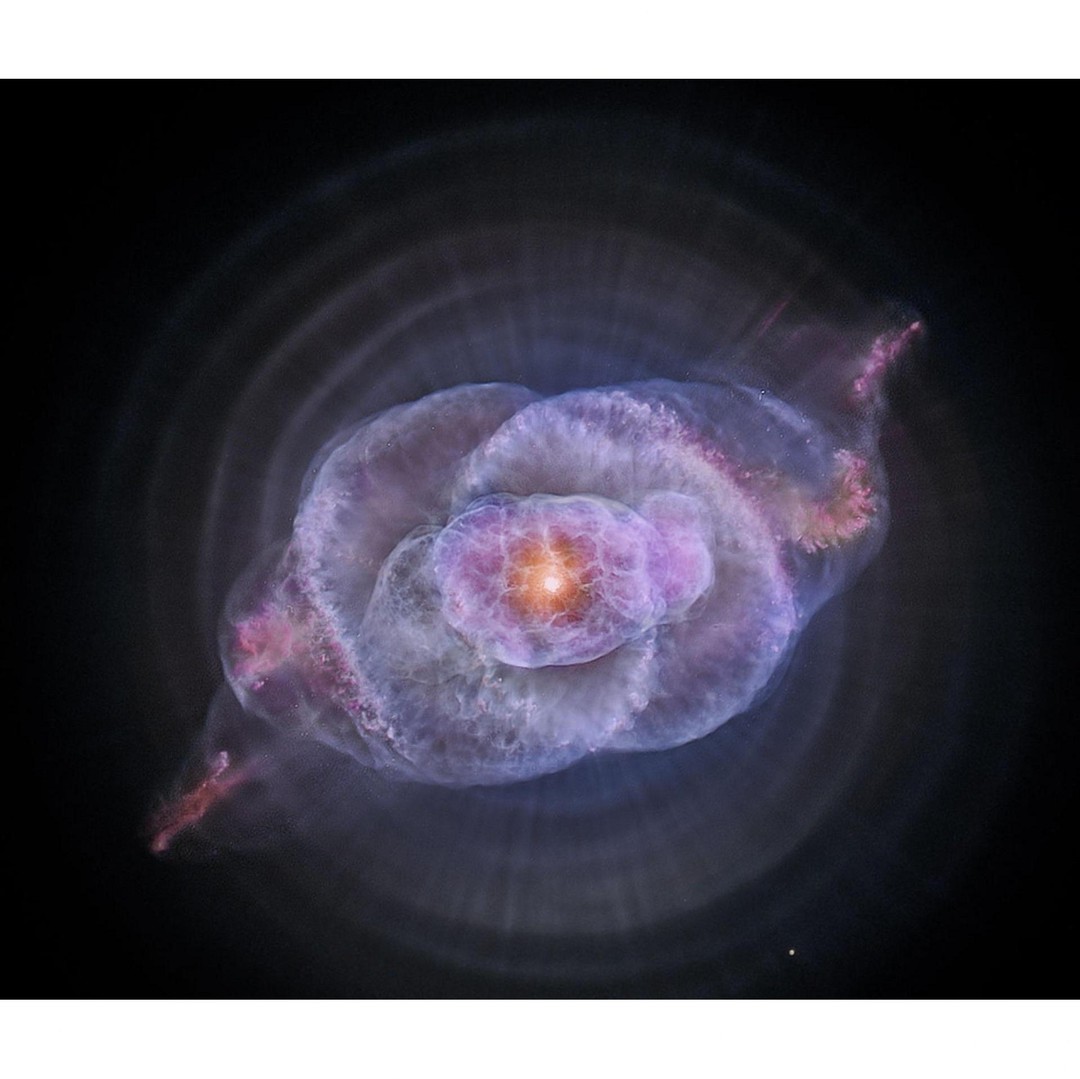Astronomers Fight Back

Recently we did an article on the Stunning Photos from the $2 Billion Space Telescope. In it we mentioned that the space telescope, one NASA’s Great Observatories, may soon face an untimely end.
The Chandra X-Ray Observatory, an orbiting telescope launched in 1999 aboard Space Shuttle Columbia, is under financial threat in NASA’s latest budget proposal. Significant cuts to its funding could lead to layoffs for half of its staff by October and potentially end the mission prematurely around 2026. Astronomers fear that losing this vital telescope could set back high-energy cosmic studies by decades. In response, astronomers are grouping together in an effort to save the incredible telescope.
In an open letter, a group of astronomers asserted that Chandra “is capable of many more years of operation and scientific discovery” and that reducing the budget of this flagship X-ray mission would severely impact both U.S. high-energy astrophysics research and the broader astronomy community.
Samantha Wong, an astronomer at McGill University, emphasized the importance of maintaining such observatories: “It’s a huge monetary and environmental toll to put an observatory up in space, so I think it’s really important to value that and to not treat these instruments as disposable,”. Wong continued, “People outside of astronomy contribute to the cost of these instruments (both literally and in terms of environmental and satellite pollution), so it’s in everyone’s best interest that we use Chandra to the full extent it’s capable of.”
Launched in the 90s along with the Hubble Space Telescope, the Spitzer Space Telescope (decommissioned in 2020), and the Compton Gamma Ray Observatory (which ended in 2000), Chandra was initially intended to operate for five years. However, its outstanding performance has made it a cornerstone of astronomy research for the past 25 years. Despite the natural degradation over time, Chandra continues to produce excellent scientific results. A recent NASA senior review deemed it “the most powerful X-ray facility in orbit,” with the potential to operate for another decade if the ground team can continue their work.